Learning Piping design with PDMS – Your pathway to a fulfilling career
Plant Design Management Software (PDMS) is designed by AVEVA to learn about creating equipment application, piping application and civil & steel structure application. Undergoing PDMS software training helps candidates to know more about the piping design and other essentials of designing. The software delivers maximum productivity and capability for all plant projects. Be it the small upgrade to new build projects or complex piping project, with the use of software, the engineer can design the product as per the requirement.

The PDMS training online is offered to mechanical, chemical and production engineers. This training program is designed to meet the requirement of latest technologies used in piping engineering. After completing the course, aspirants can get into the career options like- energy, pharma, fertilizer, engineering, design, process plant and others. Along with piping engineering designing, aspirants are also being given introduction to PDMS Administrative Training online, Equipment modelling and Pipe Routing and other areas.
Backed by certified trainers, aspirants are also offered training on PDMS 3D designing software which is the best tool for small and multinational process. The software combines word and program design for creating a model that can be used for plant piping design.
Advantages of PDMS:
- To get an actual look model of the plant
- To check piping clashes
- Helps in reducing material from 10% to 30% from manual calculations
- Gives more accurate result then 2D software
- Modification of pipe, equipment or structure for right result
Online Design Course:
If you're looking forward to get into piping designing field, then applying for PDMS design course online is the best way. With online, you can simultaneously work and apply the basics on the job. The certificate course certainly helps in getting wider scope in designing. Trained under certified trainers, online PDMS training courses provides state-of-the-art learning experience and getting trained under certified professionals.

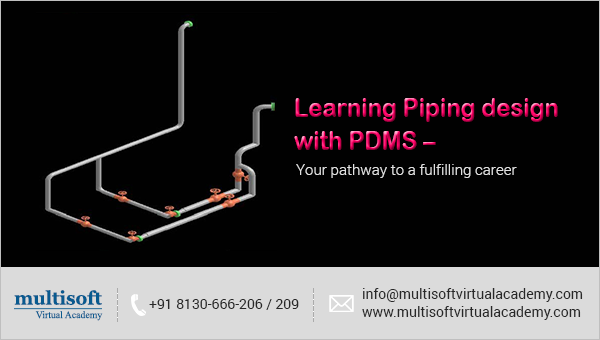

 By undergoing the digital marketing training, aspirants will learn about various online marketing strategies, tools and benefits for a company. With many people going online to shop, learn and browse, online marketing ensures to get vital attention towards product. The courseware includes-
By undergoing the digital marketing training, aspirants will learn about various online marketing strategies, tools and benefits for a company. With many people going online to shop, learn and browse, online marketing ensures to get vital attention towards product. The courseware includes-

 Powerful:
Powerful:



 Every Business these days needs to implement Business Intelligence solution to rise among the competitors. Let’s take a look at the reasons that ensures why every Business needs to implement Business Intelligence Solution:
Every Business these days needs to implement Business Intelligence solution to rise among the competitors. Let’s take a look at the reasons that ensures why every Business needs to implement Business Intelligence Solution:

 Kinds of Software Testing
The software testing is of two kinds; namely, Static Testing and Dynamic Testing. During Static Testing, each code line is scrutinised and evaluated to ensure that the whole code is in sync with the organization’s requirements whereas Dynamic Testing is conducted to find bugs or errors in the software product.
Software Testing Certification Training Programs
Individuals who are interested in learning or enhancing their software testing skills can enrol for software testing training programs. Some of the common software testing courses are:
Kinds of Software Testing
The software testing is of two kinds; namely, Static Testing and Dynamic Testing. During Static Testing, each code line is scrutinised and evaluated to ensure that the whole code is in sync with the organization’s requirements whereas Dynamic Testing is conducted to find bugs or errors in the software product.
Software Testing Certification Training Programs
Individuals who are interested in learning or enhancing their software testing skills can enrol for software testing training programs. Some of the common software testing courses are:

 Why to opt for Corporate Training?
Training is one of the primary parts for the employees, as it imparts the knowledge that ensures their growth along with the organizational advancement. In addition, it also boosts up the confidence meter in employees that make them take faster decisions, take up challenges and meeting the targets.
An organization hires professionals that are from various backgrounds; hence, everyone has their own process to work. An apt Corporate training can help to bring the people from varied backgrounds, on the same page and work together.
Top 3 Trends of Corporate Training
Why to opt for Corporate Training?
Training is one of the primary parts for the employees, as it imparts the knowledge that ensures their growth along with the organizational advancement. In addition, it also boosts up the confidence meter in employees that make them take faster decisions, take up challenges and meeting the targets.
An organization hires professionals that are from various backgrounds; hence, everyone has their own process to work. An apt Corporate training can help to bring the people from varied backgrounds, on the same page and work together.
Top 3 Trends of Corporate Training
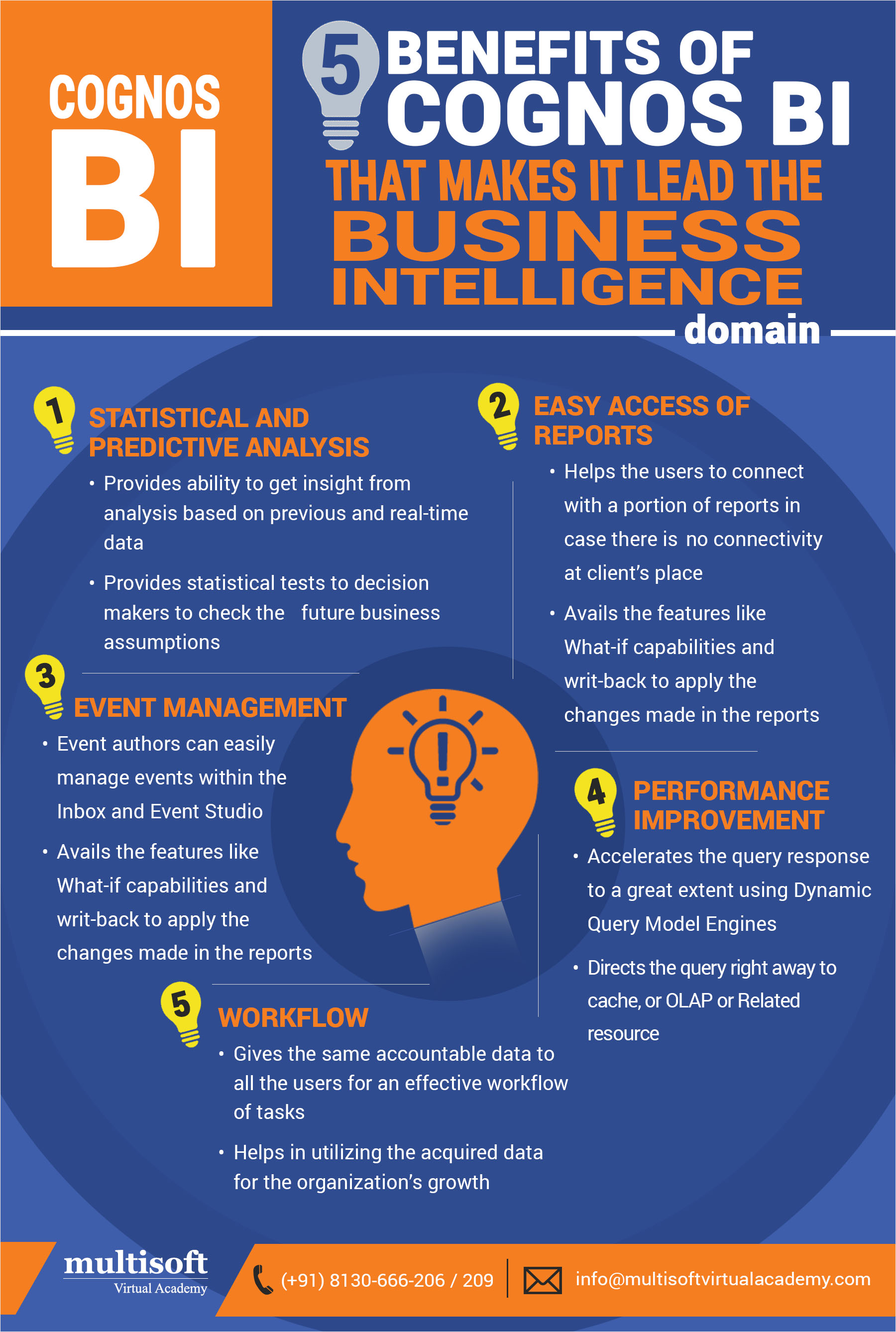

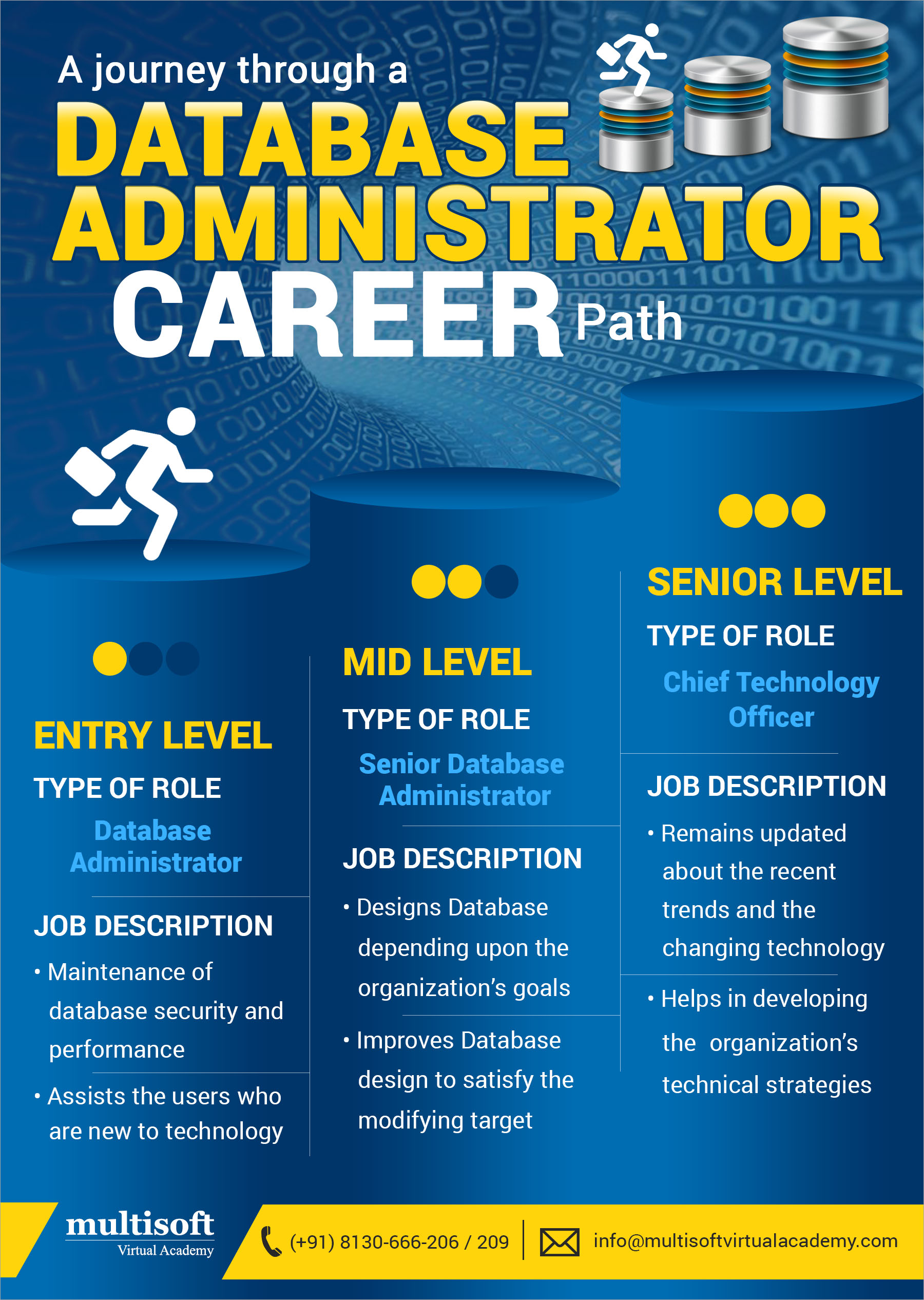




 Now, software tester can enroll in software testing courses to get in-depth knowledge, to employ high-end automated test execution tools for entering same test data multiple times.
Now, software tester can enroll in software testing courses to get in-depth knowledge, to employ high-end automated test execution tools for entering same test data multiple times.



 How and where Microsoft Dynamics AX Financial can be used?
Microsoft Dynamics AX Financial is
How and where Microsoft Dynamics AX Financial can be used?
Microsoft Dynamics AX Financial is 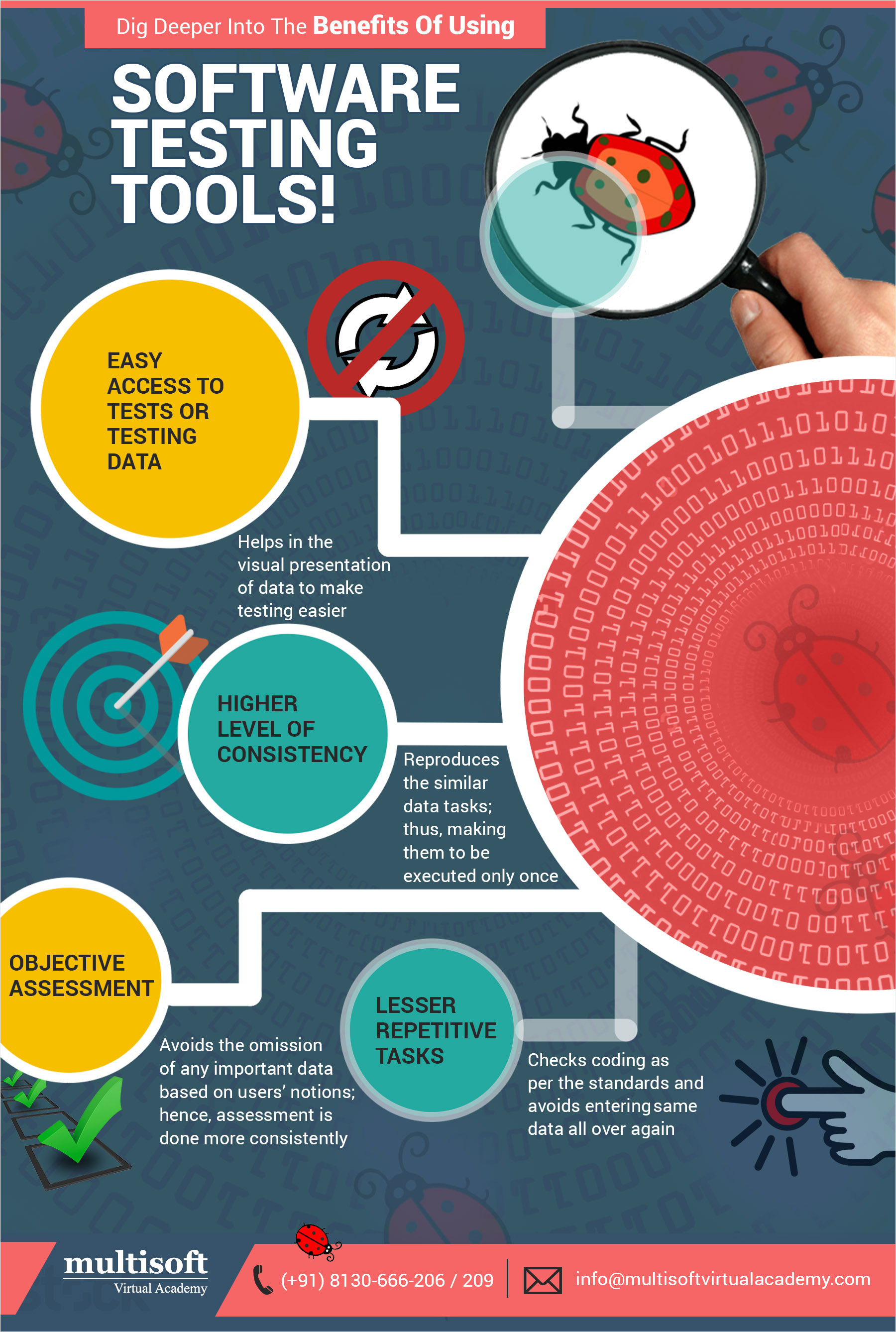


 SAP system is too large for one person to know everything, as it is a large and complex system so the SAP consultants work through a dedicated profile to help them achieve their organizational goals. The SAP technological work process incorporates different services that allow companies to manage their business more efficiently. The only requirement to become a consultant is to enroll in SAP certification course from a certified training center.
Technical Grade SAP Modules
The professionals with excellent written and verbal communication and presentation skills can seek SAP online course, to facilitate programming knowledge of ABAP and BASIS. Strong skills in all technical areas along with good problem solving and analytical skills in areas of Netweaver - Workflow, BAPI, Reports, BDCs, RFCs, BADI, Data Dictionary, ALE/EDI/IDOC, and SAP scripts, is a must for ABAP consultant.
As people with SAP skills are the highest paid in the industry, so there is a consistent requirement of the right person with the right experience. The multinational companies seek professionals with a rich experience in SAP domain and publish job vacancies in various job portals, to hire the suitable candidate for SAP profile. There are plenty of employment opportunities for persons with SAP skills, as most trained consultants only work with one or two modules.
Functional Grade SAP Modules
SAP system is too large for one person to know everything, as it is a large and complex system so the SAP consultants work through a dedicated profile to help them achieve their organizational goals. The SAP technological work process incorporates different services that allow companies to manage their business more efficiently. The only requirement to become a consultant is to enroll in SAP certification course from a certified training center.
Technical Grade SAP Modules
The professionals with excellent written and verbal communication and presentation skills can seek SAP online course, to facilitate programming knowledge of ABAP and BASIS. Strong skills in all technical areas along with good problem solving and analytical skills in areas of Netweaver - Workflow, BAPI, Reports, BDCs, RFCs, BADI, Data Dictionary, ALE/EDI/IDOC, and SAP scripts, is a must for ABAP consultant.
As people with SAP skills are the highest paid in the industry, so there is a consistent requirement of the right person with the right experience. The multinational companies seek professionals with a rich experience in SAP domain and publish job vacancies in various job portals, to hire the suitable candidate for SAP profile. There are plenty of employment opportunities for persons with SAP skills, as most trained consultants only work with one or two modules.
Functional Grade SAP Modules
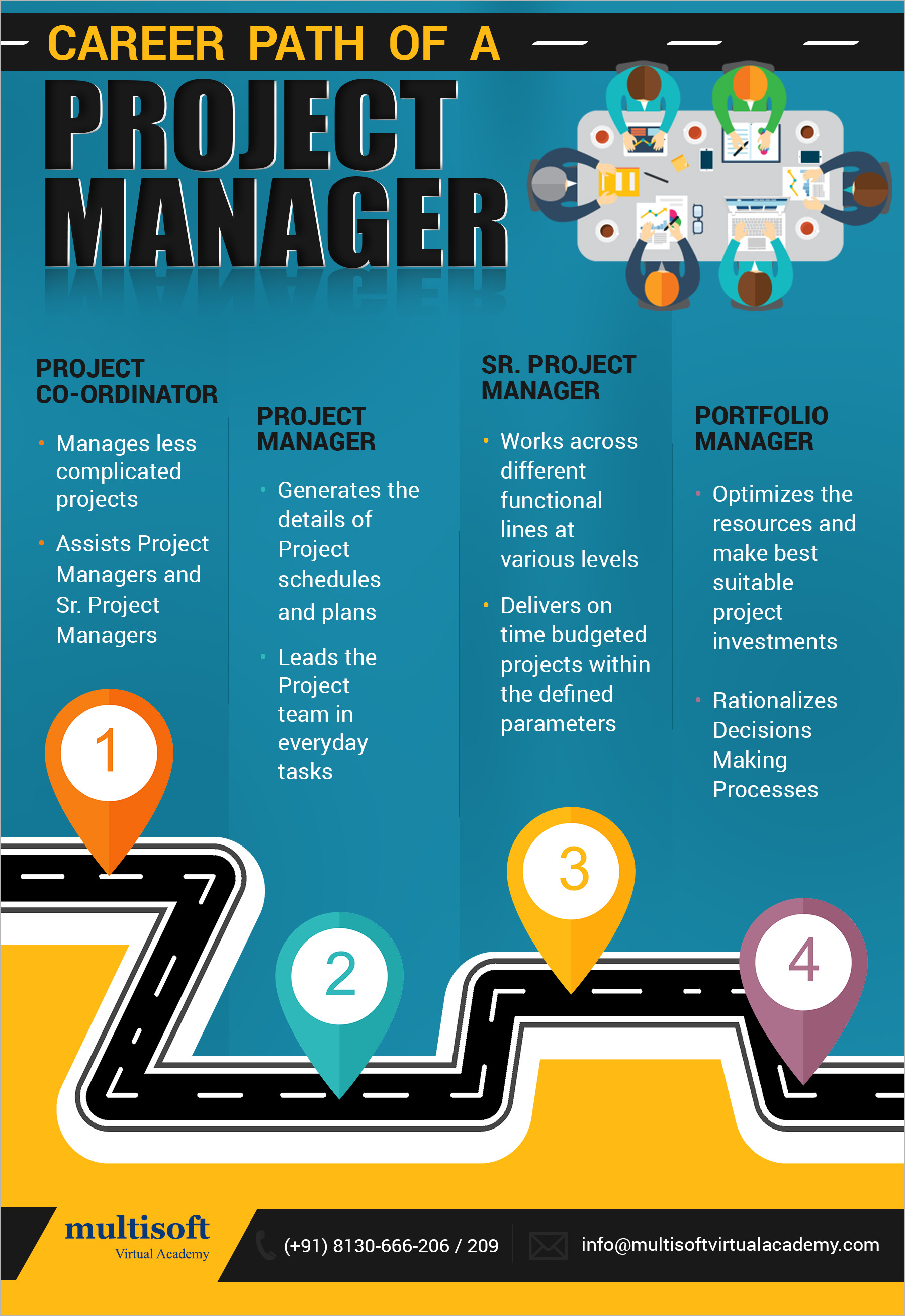

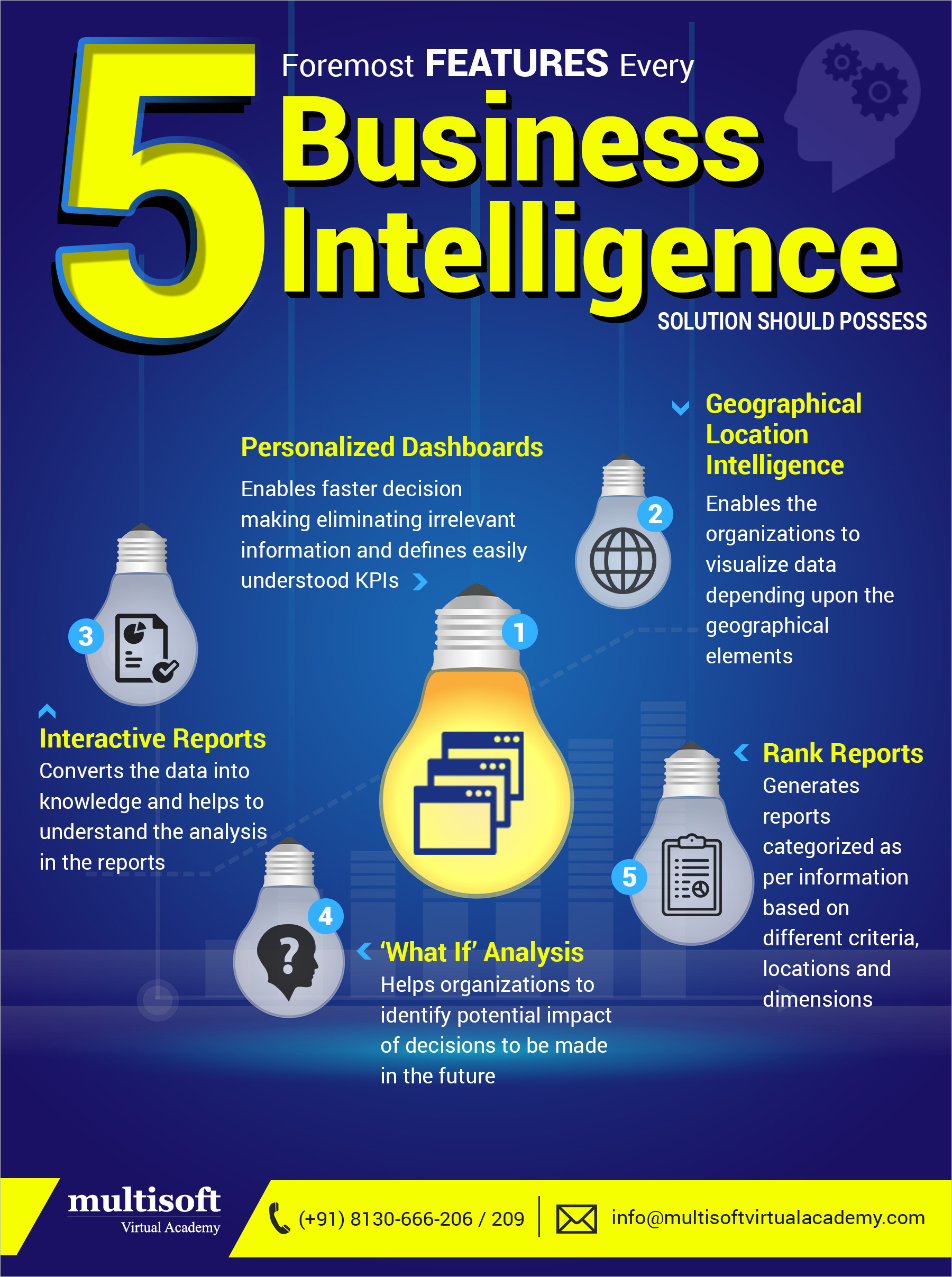


 CCNA R&S is the entry level breakthrough certification by Cisco that proves capability & expertise in medium-size routed and switched networks. The Network Specialist is responsible to diagnose, troubleshoot, debug and resolve networking issues. As a network engineer this profile requires setting up networks that encompass on network solutions for all the systems that are online all the time.
By getting enrolled in the course and enhancing the expertise, along with Cisco certification, you can get a great head-start in your career with a big organization, demonstrating your skills and knowledge in this field to grab higher salary and better career growth. Some of the key specific areas of expertise include:
CCNA R&S is the entry level breakthrough certification by Cisco that proves capability & expertise in medium-size routed and switched networks. The Network Specialist is responsible to diagnose, troubleshoot, debug and resolve networking issues. As a network engineer this profile requires setting up networks that encompass on network solutions for all the systems that are online all the time.
By getting enrolled in the course and enhancing the expertise, along with Cisco certification, you can get a great head-start in your career with a big organization, demonstrating your skills and knowledge in this field to grab higher salary and better career growth. Some of the key specific areas of expertise include:

 ITIL certification can be used by organization to train with special technique. Aspirants taking up the ITIL course can look forward to five different levels:
ITIL certification can be used by organization to train with special technique. Aspirants taking up the ITIL course can look forward to five different levels:



 Join our Live Instructor-Led online classes delivered by industry experts
Join our Live Instructor-Led online classes delivered by industry experts